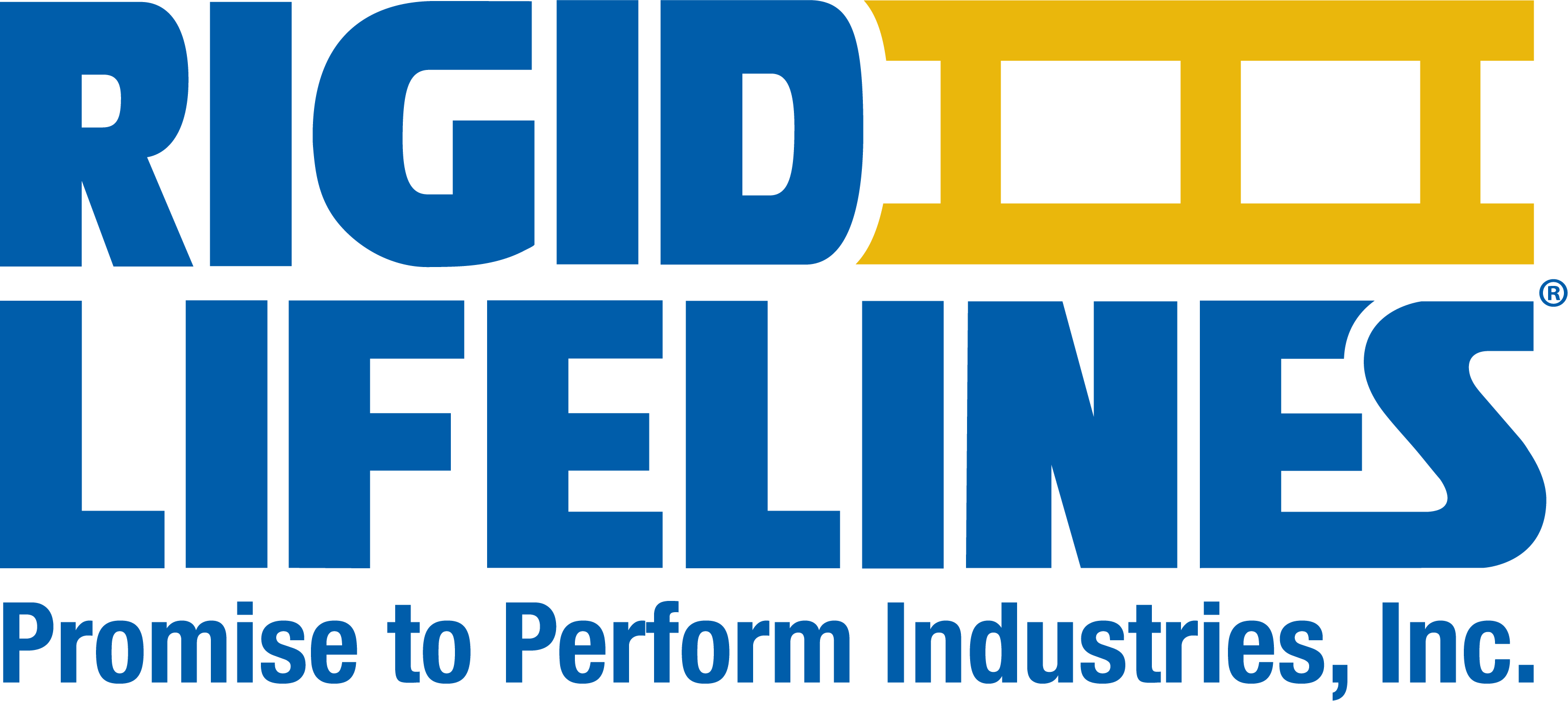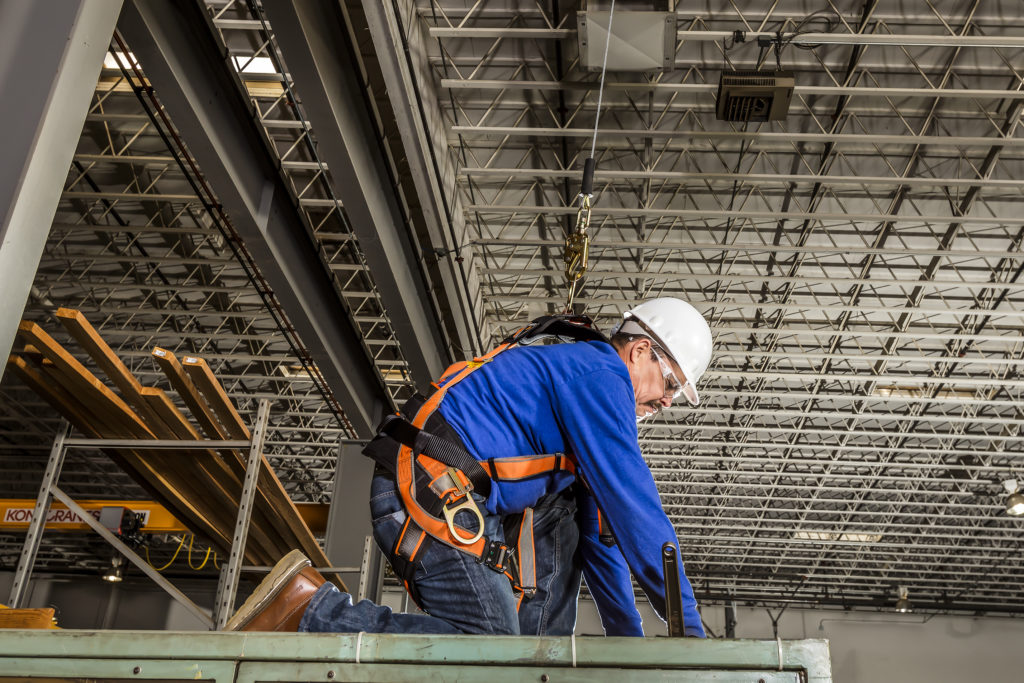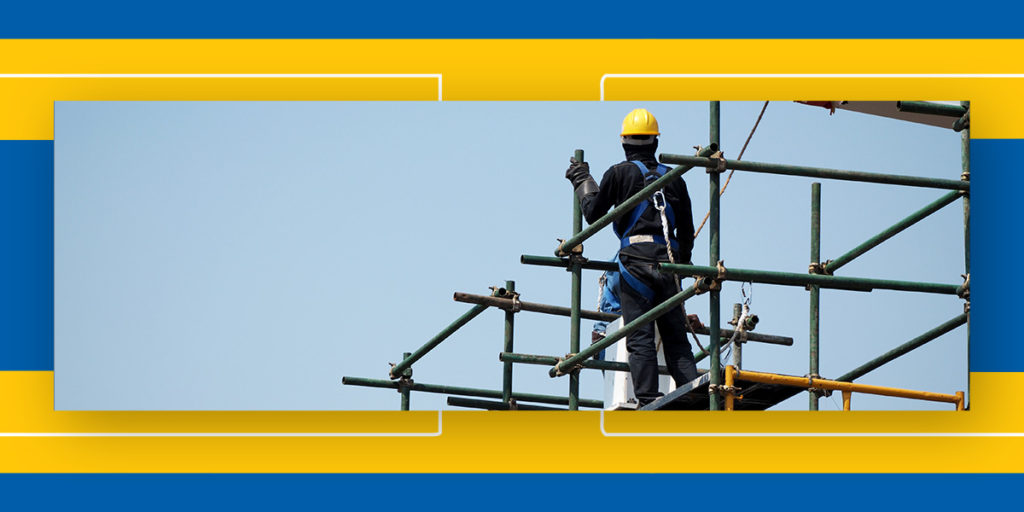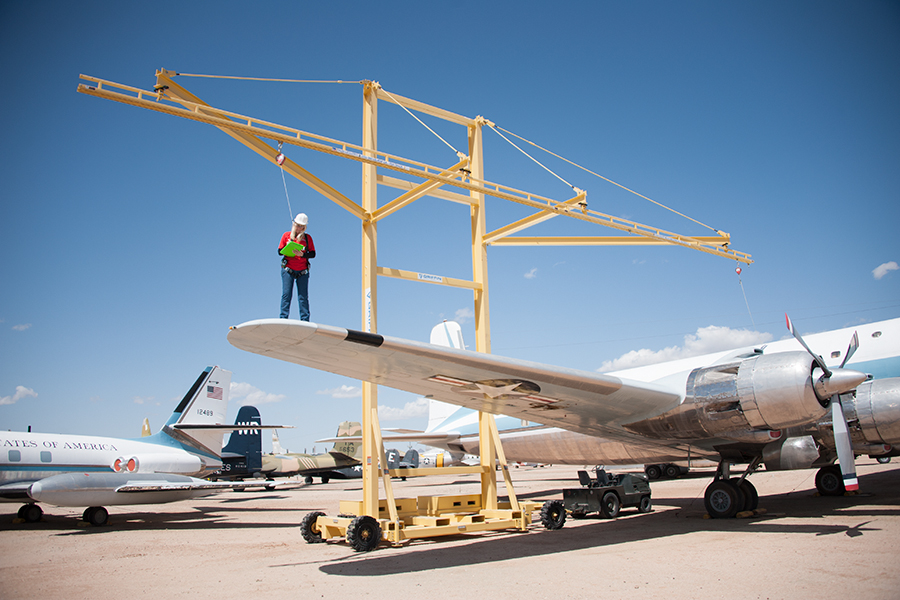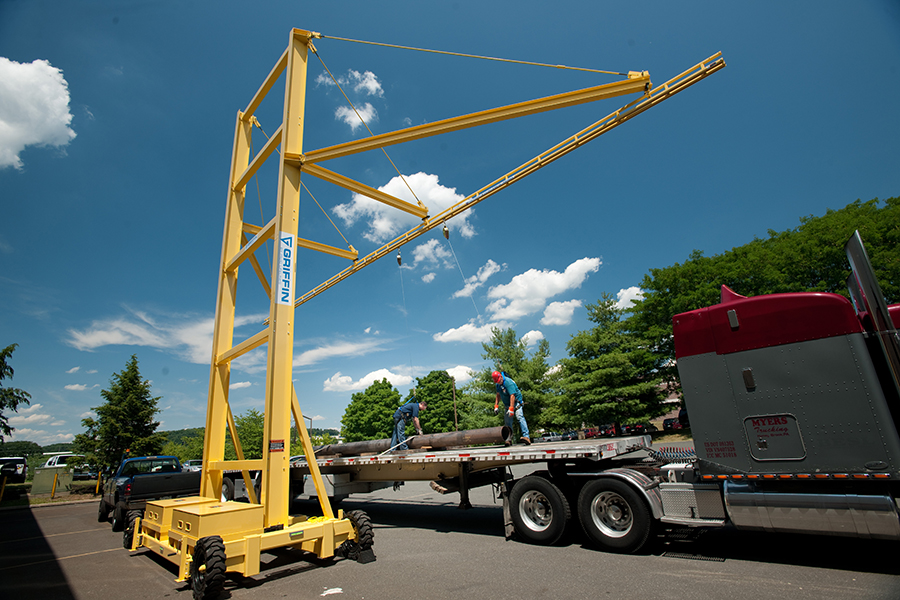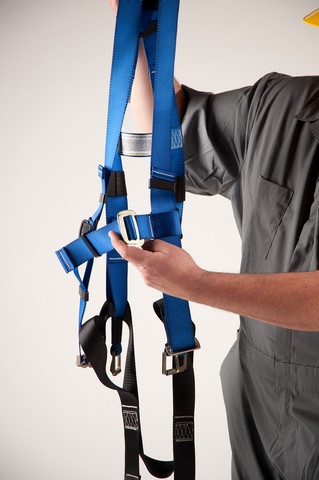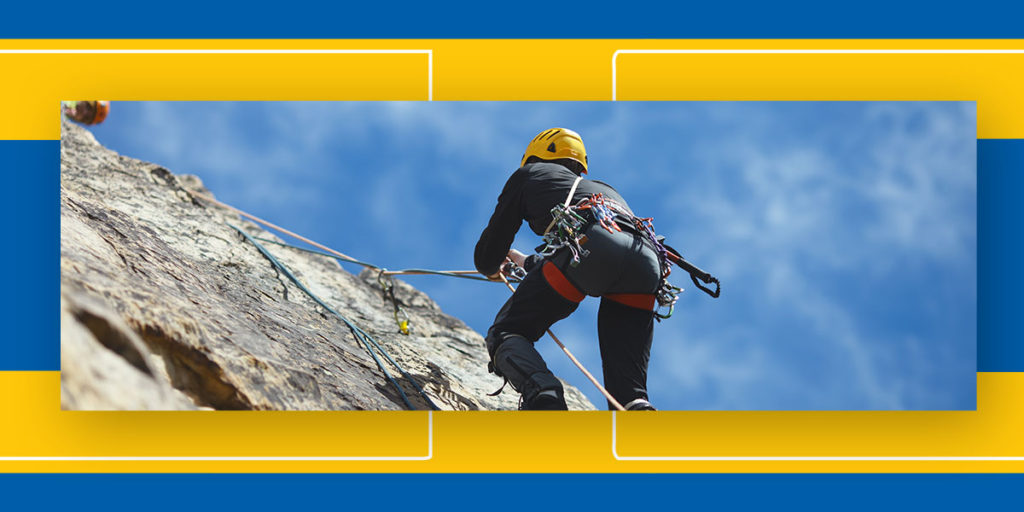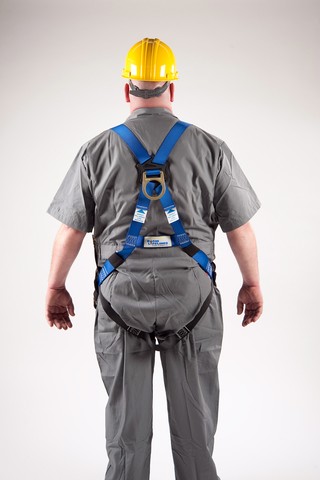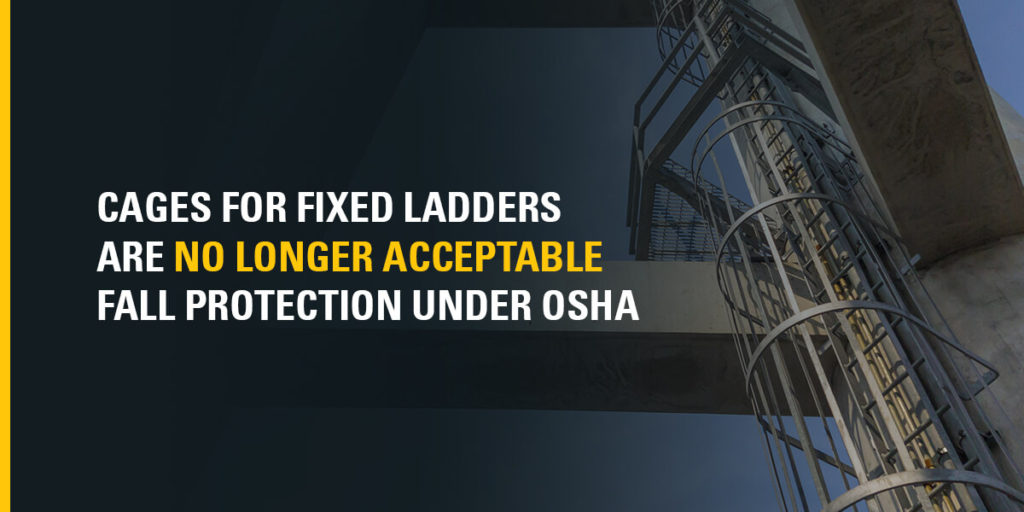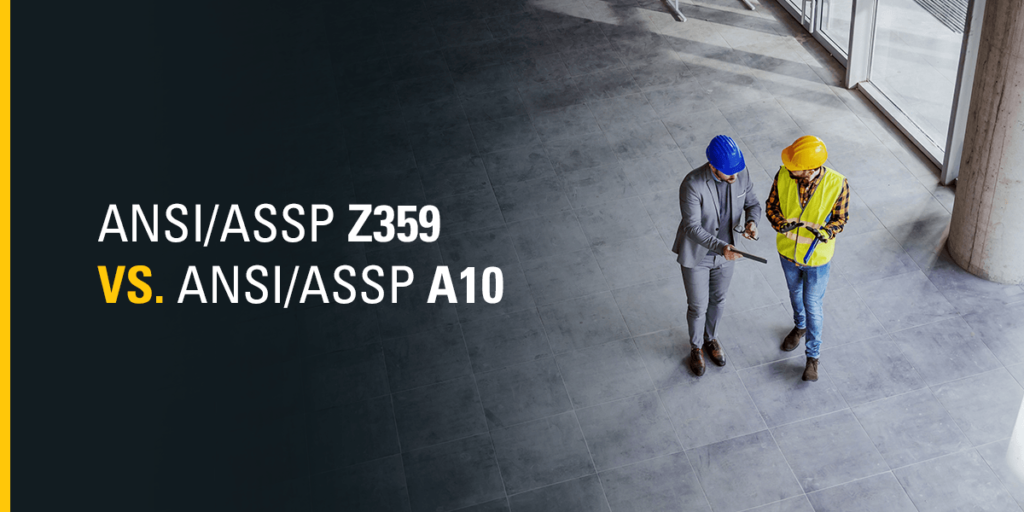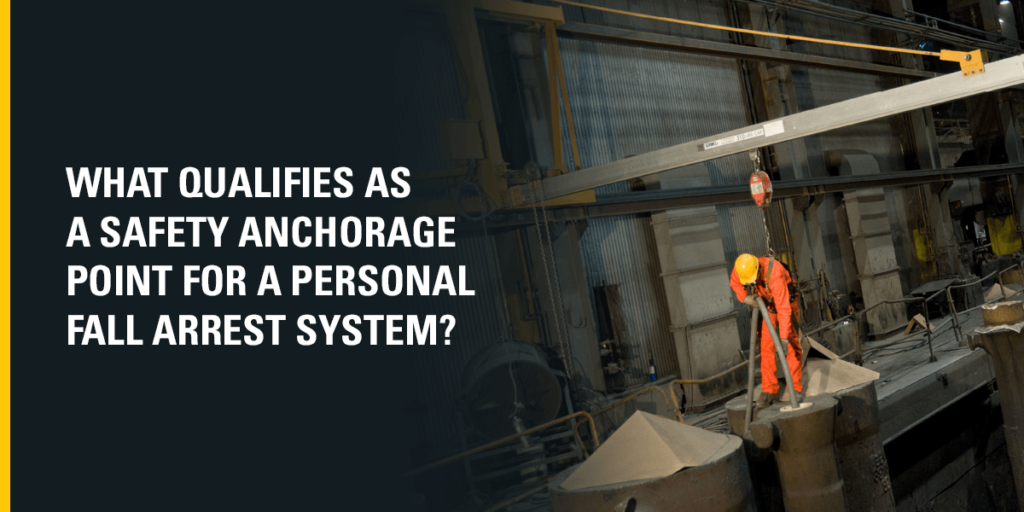Posts by developer
Administrative Controls: What Can You Do?
It is a serious decision to place a worker in a situation where they need to access dangerous heights to do their job. The American National Standards Institute (ANSI) Fall Hazard Hierarchy involves different levels of protection for workers from the hazards of heights. Under ANSI Z359.2, the ANSI Fall Hazard Hierarchy goes as follows:…
Read MoreAerial Work Platforms vs. Scaffolding in the Facility Management Industry
In the facility management industry, aerial work platforms and scaffolding are commonly used for tasks requiring height work, such as maintenance, repairs, and inspections. Each has its own advantages. Rigid Lifelines® engineers, designs, and tests various permanent fall protection systems for workers at various heights. Scaffolding The facility management industry uses scaffolding in various applications.…
Read MoreAir Resistance in Fall Protection
Air resistance, also known as drag, is the force that opposes an object’s motion through the air. Rigid Lifelines® explains how this relates to fall protection. What Is Air Resistance in Fall Protection? Fall protection and physics are closely linked to the laws of motion. Fall protection is mostly concerned with the process of preventing…
Read MoreWhat Is Rigid Rail Fall Protection?
Rigid rail fall protection systems improve workplace safety by protecting workers at height from fall hazards. These systems feature an overhead track and trolley fall arrest system. They are some of the most innovative and complete fall arrest systems available, suitable for use indoors and outdoors with minimum fall clearance — ideal for environments requiring short…
Read MoreHow Close is Too Close? Leading Edge Work and Fall Protection
How Close Is Too Close? Leading Edge Work and Fall Protection A significant number of fall-related injuries and deaths occur annually due to falls from unprotected roof edges. But how do you assess what type of fall protection best fits the job? Do you assess with your plain eyes or apply relevant regulatory rules? A common rule…
Read MoreDifferent Types of Harness Connection Points
Harness attachment points are critical safety features of full-body harnesses — without them, workers would have no way to attach their safety harnesses to the anchor points or fall protection systems. Connection points differ based on safety requirements, and fall protection equipment is only effective when used correctly. A better understanding of the most popular harness connection points and their location and functions helps promote safer full-body harness use. Common Full-Body Harness Point…
Read MoreImproper Use of Your Safety Harness Can Be a Costly Mistake
The effectiveness of any fall protection system depends on the proper use of each component. Improper use, carelessness or use of a damaged harness can result in death or severe injury, as well as damage to equipment and the work environment. The full-body safety harness is an integral part of a modern fall protection system…
Read MoreCan I Use My Rock Climbing Equipment As Industrial Fall Protection?
When attempting to access an area at height, it’s always essential to use some form of application-appropriate fall protection to ensure your safety, especially since falls are the leading cause of death in industries such as construction. Bodies such as the Occupational Safety and Health Administration (OSHA) and the American National Standards Institute (ANSI) provide…
Read MoreUnderstanding the Full Body Safety Harness; Functionality and Components
A full-body safety harness — also called body wear — is a critical element of every personal fall protection system. Workers across various industries performing job tasks at height rely on these systems for protection from potential workplace hazards, including construction sites, railcar operations and fire and rescue. While every part of a fall protection…
Read MoreCages for Fixed Ladders Are No Longer Acceptable Fall Protection Under OSHA
Fixed ladders with cages have been a standard form of fall protection for many applications for a long time. However, a study conducted by Safety Squared in 2004 for the Health and Safety Executive in the UK found that fixed ladders with cages do not provide adequate fall protection to workers. In fact, many experts would argue…
Read MoreANSI/ASSP Z359 Versus ANSI/ASSP A10
The American National Standards Institute (ANSI) is a non-profit organization that oversees creating, standardizing, and implementing thousands of regulations and guidelines that impact businesses in almost every industry. ANSI also ensures that the organizations involved in creating the regulations and guidelines are legitimate experts in their respective fields through a process they call accreditation. Similarly,…
Read MoreWhat Qualifies as a Safety Anchorage Point For a Personal Fall Arrest System?
Personal fall protection systems require strong components to protect workers from fall hazards, so it is crucial to select an appropriate anchor point. However, you may not know how to tell whether an anchor point is suitable. Below, we’ll define what an anchor point is, examine OSHA fall protection regulations, and discuss how to select…
Read More